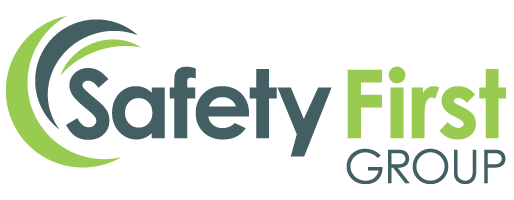This article takes a look at the importance of Occupational Exposure and Air Quality Monitoring in changing environments.
Spring has sprung and now is the season of new beginnings, making it the perfect time to assess your workplace Occupational Hygiene and be mindful of new environment, health and safety concerns that this seasonal shift can bring.
After cold months, we welcome Spring, however, it surprisingly comes with a host of occupational safety hazards unique to this time of year. Spring brings the need for us to be prepared for more varied weather conditions such as heavy rain, high winds, sunshine and UV exposure.
Being mindful of the changing weather conditions and encouraging your team and employees to be both trained and aware of potential hazards for a more pro-active Health & Safety approach.
With changing weather comes a change in workplace habits, whether it’s working outside more, keeping windows open on hot days or indeed keeping windows closed, these factors can all bring a whole realm of occupational hygiene hazards when it comes to Air Quality and Occupational Exposure, especially in industries where hazardous substances are involved. These may be toxic substances, biological hazards, or environmental hazards such as high noise levels.
So it’s important to ensure those working outdoors or indoors during the spring are protected, happy and productive.
Time for Occupational Exposure Monitoring?
With seasonal changes, it’s never been more important to assess your workplace to ensure your employees or customers are safe and your business meets the required regulations.
Exposure monitoring is needed for work with harmful substances, such as asbestos and lead may also be required as part of the COSHH risk assessments. Our specialist team is highly qualified in the different methods of monitoring exposure. No matter how complex the issue, Safety First can find the right sampling strategy for you.
Safety First is experienced in delivering a complete range of occupational exposure monitoring services to provide you with confirmation that your control measures are adequate and workplace exposure limits are not exceeded.
The importance of indoor air quality monitoring
With varied weather conditions, it’s important for businesses to be pro-active in reducing workplace absence with Air Quality Surveys that can identify risks hazardous to your workforce or customers.
Unsatisfactory air quality can be caused by a variety of factors, from temperature, humidity and ventilation issues to more harmful substances, such as dust. A combination of which can contribute to an increase in airborne viruses and workplace illness.
We all know how fast viruses can spread through the air, so we recommend regularly performing air quality surveys in order to identify the presence of contaminants as poor air quality has been linked to many short and long term health conditions.
Importantly, there are many benefits of improved air quality such as lower absenteeism, higher productivity, and less time spent on handling complaints.
What our air quality assessments can detect:
Air / Environment
- Total Bacteria
- Total Yeast & Fungi
- Temperature
- Humidity
- Carbon Monoxide
- Carbon Dioxide
- Hydrogen Sulphide
- Total Inhalable Dust
- Total Respirable Dust
- Total VOC / Hydrocarbons
Contact our friendly team of experts to find out more about Occupational Exposure Monitoring or Air Quality Monitoring services
